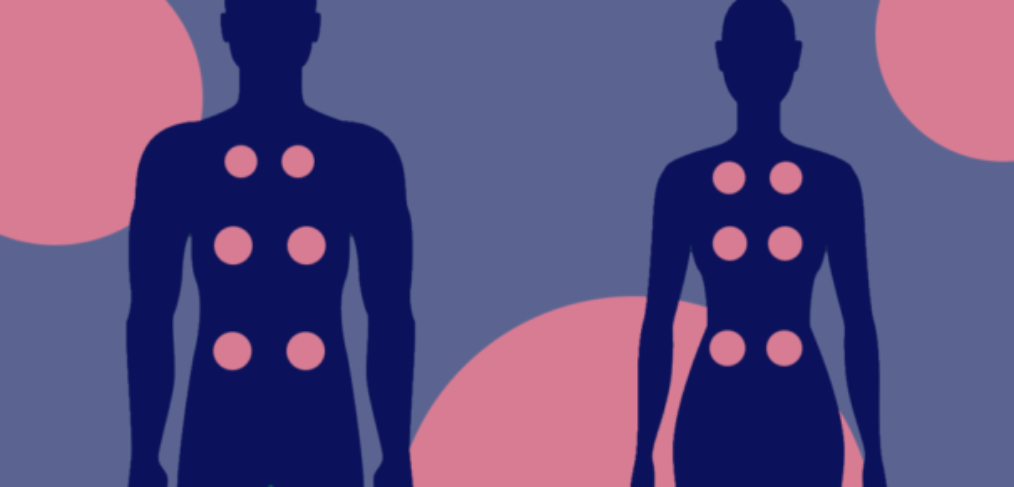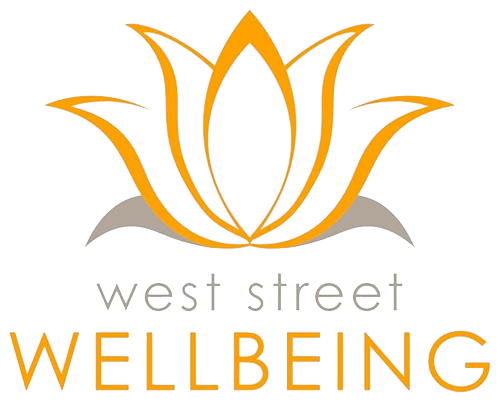
Cupping Therapy: The Science Behind Its Brilliance
Written By Dr Luke McPherson (CM)
I have to provide a warning before you read on; to explain how cupping works, I have to delve into the body’s biochemistry. Some of the terminology can be a little dry, but in order to truly appreciate how amazing this medicine is, I have to use this terminology.
Cupping therapy is an ancient treatment that has been used by a variety of cultures for a for thousands of years. Cupping is heavily used in Acupuncture and Chinese Medicine, and it involves either glass cups, or vacuum cups placed over the skin to relieve musculoskeletal pain, arthritis, skin conditions (such as acne or eczema), migraines, anxiety, and even the common cold.
There are several well-studied mechanisms of cupping. Understanding the local and systemic effects may explain why it is used for such a variety of ailments.
In 2017, Duane T Lowe wrote a piece combining the insights of numerous studies to present a comprehensive explanation of the local and systemic effects of cupping therapy. Lowe’s paper is entitled Cupping Therapy: An Analysis of the effects of suction on skin and the possible influence on human health.
Lowe provides 4 “accepted statements supported by medical research”, which is further detailed below. He provides a great explanation on the development of cupping marks and the physiological processes that occur during and after cupping to induce healing.
“1. The suction from cupping causes a negative pressure on skin can elicit ecchymosis (purple discolouration).”
When a cup is applied, the underlying skin, tissue and muscles are raised. This creates a negative pressure that opens up the capillaries. The capillaries eventually rupture to cause petechiae, purpura or ecchymosis. The circular marks that is often seen on cupping patients (made famous by Olympian Michael Phelps) is due to the extravascular blood in the subcutaneous tissue. This is important because it brings blood to the area to promote healing.
“2. The purple circles (ecchymosis) attracts macrophages which phagocytize the erythrocytes and stimulates them to produce HO-1 to metabolize the heme they contain.”
Okay, that was very technical; but what it means is that it stimulates your immune system to send in specific white blood cells (macrophages) to consume the red blood cells (erythrocytes) and as a by-product promotes blood flow
“3. HO-1 breaks down heme into BV/BR, CO and iron. The iron is sequestered by ferritin.”
HO-1 removes the oxygen from the tissue by breaking it down into bilirubin, carbon monoxide (CO), and iron.
Again, this is very technical, but it basically explains the biochemistry in the second stage of the healing process after cupping; this stage takes place 2-3 days after cupping and accounts for the changing colour of the remaining cup marks. This second phase only happens when the injury is more severe; which shows that cupping can create a deeper or systemic effect in the body’s healing of a more serious injury
How this happens exactly:
HO-1
- Promotes the body’s natural anti-inflammatory action by increasing the inflammatory cytokine Interleukin 10 (IL-10)
- Stops the body’s reaction to injury by decreasing pro-inflammatory cytokines tumor necrosis factor (TNF) alpha and interleukin-6 (IL-6)
- increases antioxidant enzymes Catalase and Superoxide Dismutase
- involved in wound healing by increasing vascular endothelial growth factor (VEGF) and stimulating mitochondrial biogenesis
BV/BR
- mildly elevated levels are correlated with antioxidant and anti-inflammatory effects
CO
- the small amounts produced by HO-1 activity has anti-inflammatory effects
- a vasodilator – opens up arteries to promote blood flow
“4. HO-1 system activation can have both local and systemic effects.”
Local Effects:
Based on the discussion above, cupping increases blood and lymphatic blood flow and activates the HO/BR/CO system. Lowe argues this can “lead to shorter healing times for sprains, strains, or wounds” and “this may be the mechanism behind its great pain relief.”
Systemic Effects:
The anti-inflammatory, antioxidant and healing effects of cupping may not only be local, but seen in the general blood circulation as well. If cupping therapy indeed has systemic effects, it can explain why it is often used in the treatment of more systemic conditions such as eczema or anxiety.
Cupping is a wonderful medicine and will be used in my practice for many years to come. The great thing about cupping is that gets results: patients feel better, experience greater mobility, and have a huge reduction in pain. If cupping can relieve pain but also promote the body’s biochemistry to healing at both a local and systemic level, then this can lead to a decrease in pharmaceutical intervention, which in my opinion is a great thing!
If you would like any further information on cupping, or would prefer to talk to one of our practitioner about whether cupping is suitable for your condition, please contact us here


